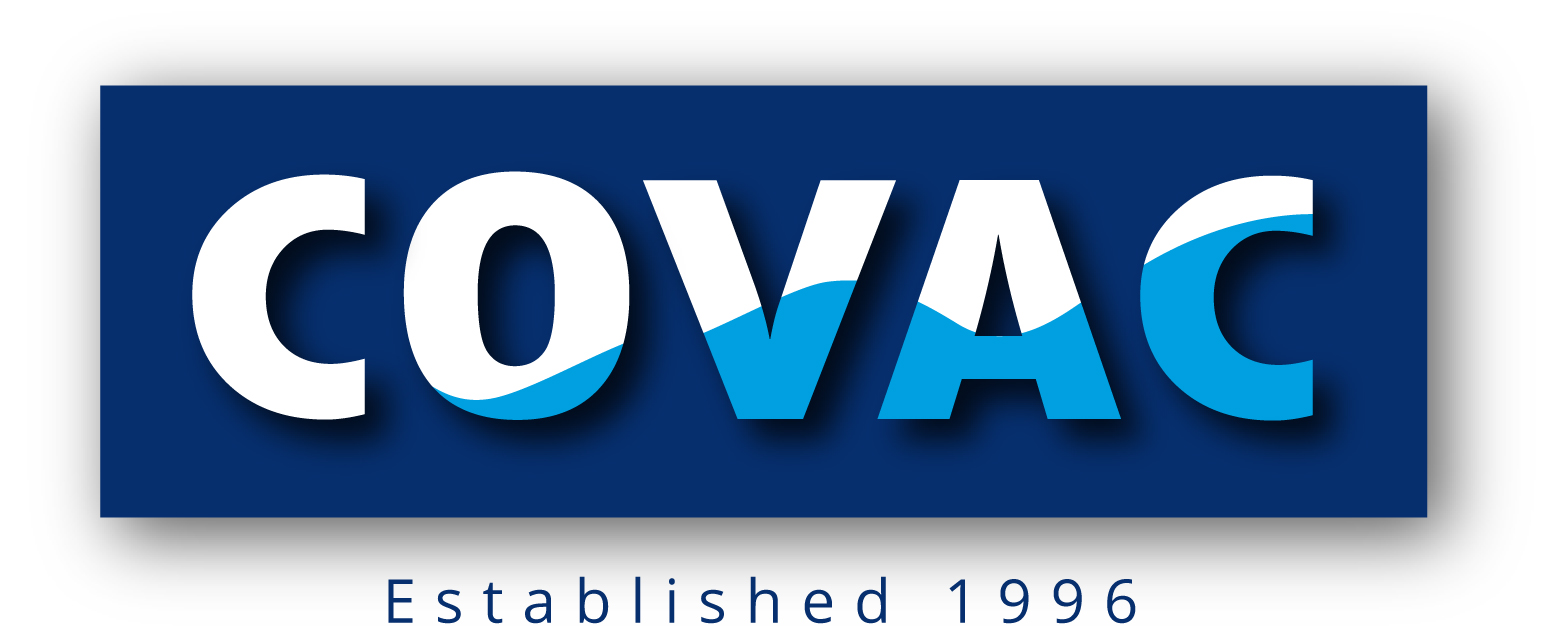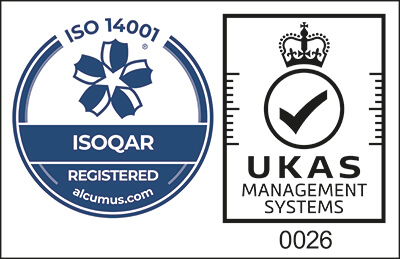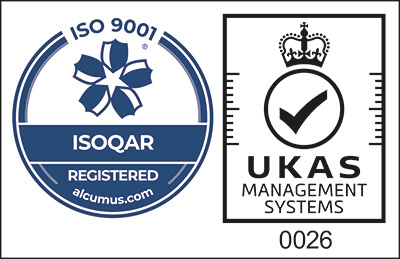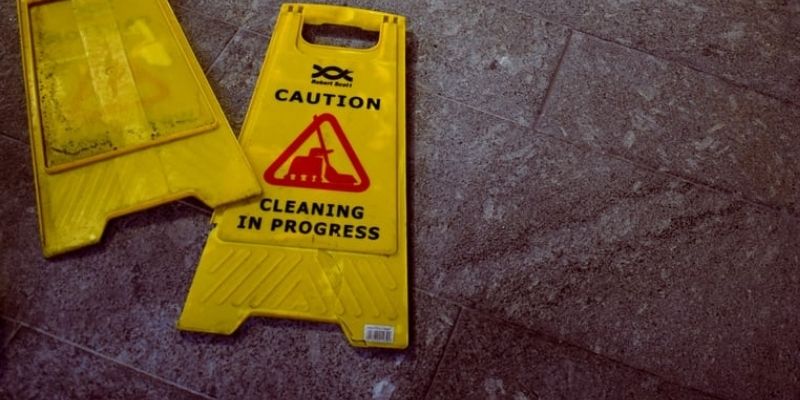
Industrial water tank cleaning is no easy task and takes more than just a few mops and wipes to conduct a good job.
As we all know industrial water tanks are used to store large quantities of water that is used to supply large scale buildings. However over time, water tanks can be contaminated with dust, dirt, debris, mould, rust or sludge. Not to mention the infamous Legionella – a deadly bacteria that excels in water tanks.
The whole water tank maintenance process is long and involves the use of various cleaning equipment suited for the task. Continue reading as we take a closer look at the different types of water tank cleaning equipment.
This article will cover:
Water Tank Cleaning Equipment
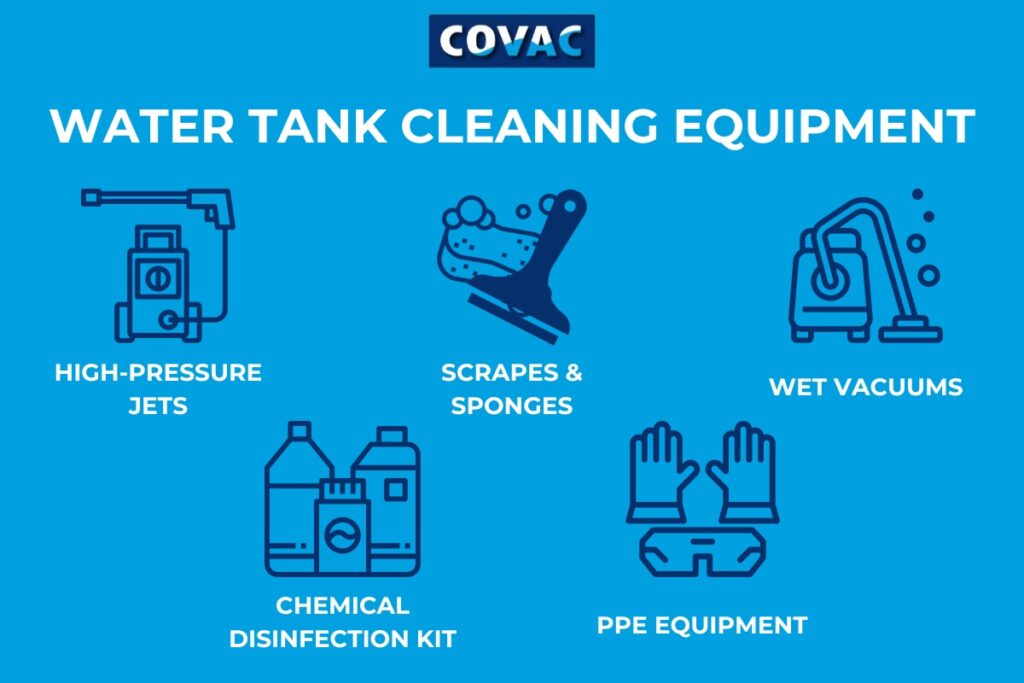
High Pressure Jetting
Water tanks can be cleaned to various standards with the use of high pressure jetting. High pressure jetting, also referred to as hydroblasting or water cutting, is a handy industrial tool capable of removing material using extremely high-pressure jets of water. Or a mixture of water and chemicals.
Our experienced and highly trained industrial cleaning teams specialise in high pressure water jetting and can remove rust, dirt and scale from your water tanks with relative ease.
Manual Scrapes and Sponges
Quite a simple piece of water tank cleaning equipment but these pieces of equipment are best utilised to get into the smallest of nooks, cracks and internal surfaces in a water tank.
Scrapes and sponges are typically used when it is not possible to transport a high pressure jet in a small water tank space.
Wet Vacuums
Wet vacuums are designed to clean up liquid spills and wet debris, along with dry dust and dirt. The waste is taken in by the suction force into a two-bucket system rather than a bag; and separates the liquid from the solid into two different chambers.
When in the presence of water in a water tank, you want a portable debris device in the form of a wet vacuum that can cope with liquid being inside of it.
Chemical Disinfection Kit
Chemical disinfection is carried out after water tank cleaning by chlorinating the water in the tank to the specified concentration in mg/litre (ppm).
Chlorine is commonly used to eliminate bacteria and algae by destroying it as well as chemically destroying other materials such as dirt and chloramines.
PPE Equipment
PPE equipment is imperative during water tank cleaning. Exposure to chlorine, debris, dirt and potentially contaminated water requires protection at all times.
Hazard suits, protective gloves and safety visors/goggles are standard types of PPE utilised in the water tank cleaning process.
What Does the Water Tank Cleaning Process Consist of?

Now that you know what equipment is used to clean water tanks, let’s look at what the whole process looks like:
- Typically, an engineer will visit your site and conduct a risk assessment. This involves taking photographs to identify any additional health and safety precautions required and create a clear plan of action as to what cleaning is required.
- The engineer will then gain access and have full isolation of the cold water storage tank and any pump sets to minimise any disruption to the building and those within it. Carrying out work quickly and efficiently at a time that is convenient for the client.
- The tank is then fully drained and the cleaning process begins
- Use of chemicals such as chlorine and bio/oil dispersants are deployed (where applicable) for a through clean and to destroy any harmful bacteria in the water tank
- Where required, full system disinfection including all assets and pipe work is used. Measuring chemical levels at every outlet to ensure successful disinfection.
- At the end, an ‘issue of disinfection certificate’ and sample results are produced for logging purposes and the necessary documentation and paperwork for you to keep as proof of maintenance.
Water Tank Cleaning with Covac
So happens to any unclean water? Our engineers here at Covac safely dispose of the infected and disinfected water as it will contain a high concentration of chlorine or bacterias.
Furthermore, we can assure you that no liquid waste is disposed of in rivers or ponds as the organic materials and high chlorine levels may kill fish and plant life. Not to mention they are generally harmful to the environment.
Any wastewater is disposed of to a sewer network, carried in tankers to a sewage treatment plant or placed in a septic tank that overflows into an underground soakage system.
We hope to have provided you with more knowledge on how the cleaning process works and the specialised cleaning equipment that is utilised when cleaning your water tanks.
If you are interested in any of our water tank cleaning services, contact us on 01455 556 631 or alternatively, email us at: info@covac.co.uk
